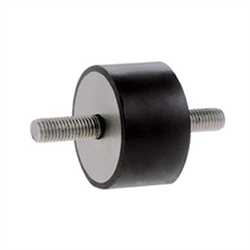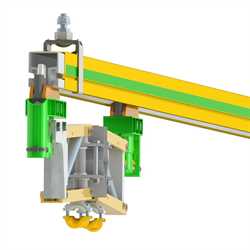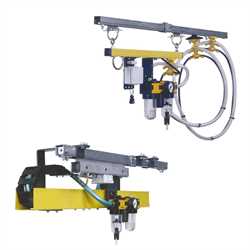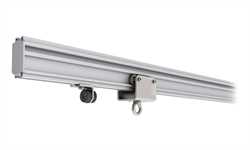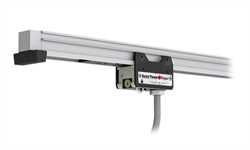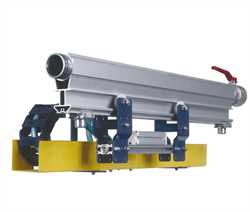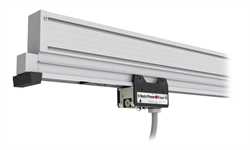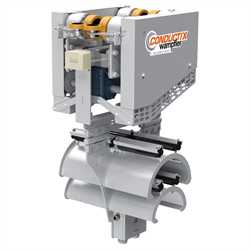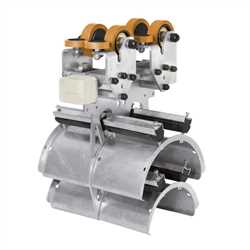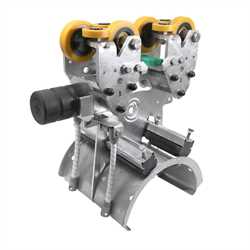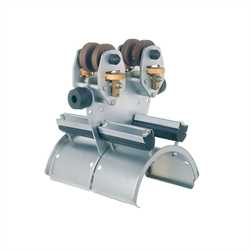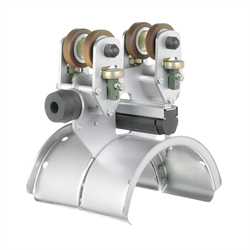Conductix Wampfler Program 0170 / 0180 Rubber Buffers / Bumpers
BRAND : Conductix Wampfler
Natural caoutchouc rubbers are characterised by their very high elasticity and tensile strength. Other qualities are their notch impact resistance and good abrasive resistance. Among all Elastomers these have the highest mechanical and dynamic load capacities. Natural caoutchouc is not resistant to electrolytic liquids, aliphatic, aromatic and chlorinated hydrocarbons.
Oil and natural gas are the basic materials for synthetic caoutchouc. For many years this has been a substitute material for natural caoutchouc, but today this synthetic caoutchouc is used increasingly as first choice for many applications. Today there are a wide range of synthetic caoutchoucs, whose properties allow a variety of applications thereby, establishing the use of rubber technology within modern methods.
Moreover, rubber is not merely a chemical substance, but a compound of many different materials. The varied mechanical and anti-corrosive properties can only be achieved by a recipe of several hundred substances. Caoutchouc as a macromolecular material provides the elastic components of the rubber. The mechanical properties, such as breaking elongation, resilience elasticity, strength and continuous breaking strength are dependent on it. The addition of chemicals and other additives and the subsequent vulcanization process make t...
Details
Natural caoutchouc rubbers are characterised by their very high elasticity and tensile strength. Other qualities are their notch impact resistance and good abrasive resistance. Among all Elastomers these have the highest mechanical and dynamic load capacities. Natural caoutchouc is not resistant to electrolytic liquids, aliphatic, aromatic and chlorinated hydrocarbons.
Oil and natural gas are the basic materials for synthetic caoutchouc. For many years this has been a substitute material for natural caoutchouc, but today this synthetic caoutchouc is used increasingly as first choice for many applications. Today there are a wide range of synthetic caoutchoucs, whose properties allow a variety of applications thereby, establishing the use of rubber technology within modern methods.
Moreover, rubber is not merely a chemical substance, but a compound of many different materials. The varied mechanical and anti-corrosive properties can only be achieved by a recipe of several hundred substances. Caoutchouc as a macromolecular material provides the elastic components of the rubber. The mechanical properties, such as breaking elongation, resilience elasticity, strength and continuous breaking strength are dependent on it. The addition of chemicals and other additives and the subsequent vulcanization process make the material useful.
The multitude of additive combinations as well as the many physical forms means that for most problems there is a solution.
Since the rubber buffers are built of a cost effective basic material, our Programme offers an economic solution for most technical requirements. The energy absorption of rubber buffers is limited due to their incompressible material.

